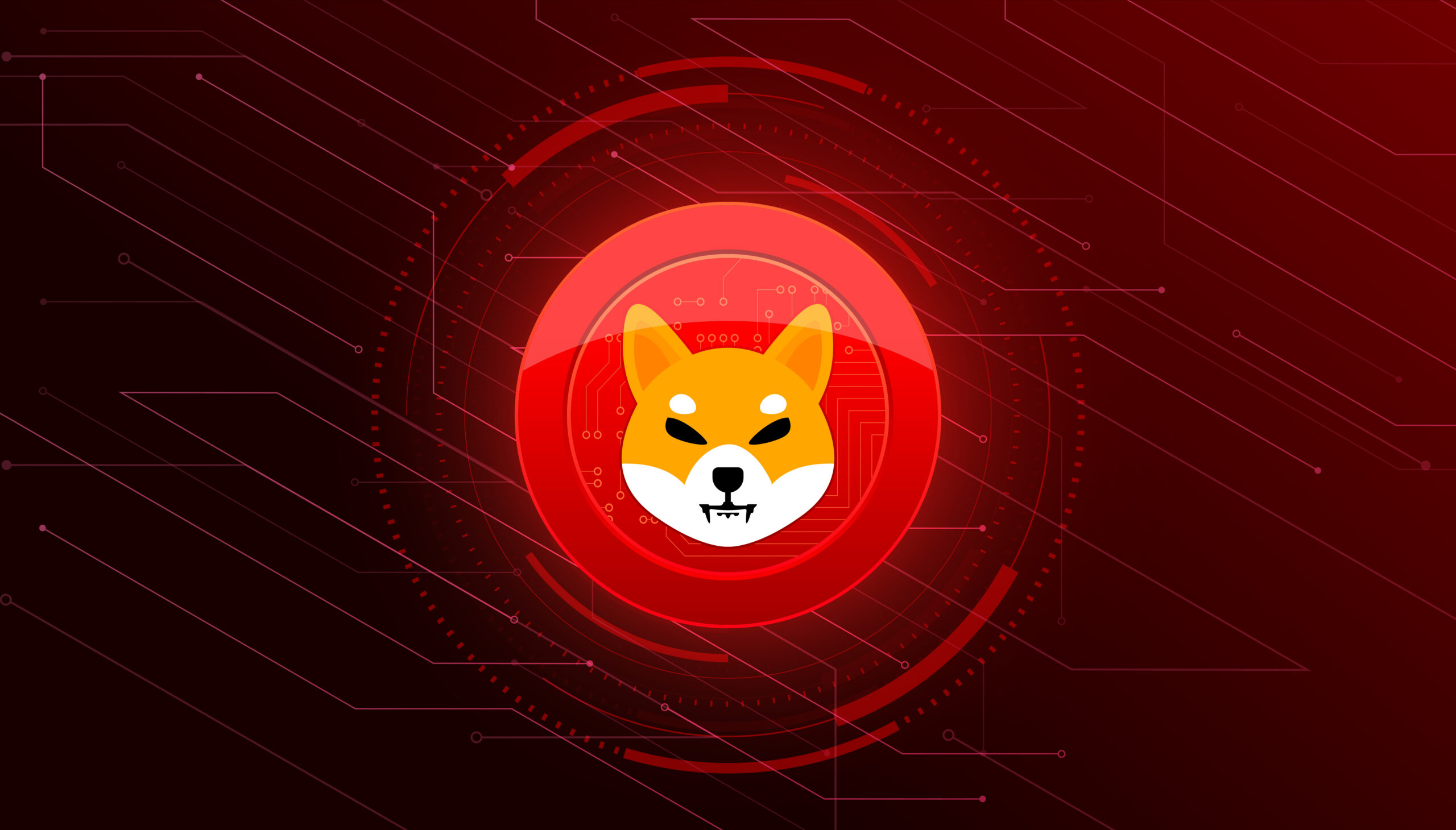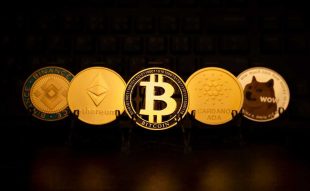Join Our Telegram channel to stay up to date on breaking news coverage
Shiba Inu (SHIB), a meme-based cryptocurrency inspired by the popular Dogecoin, has been making waves in the crypto world. One notable aspect of the Shiba Inu community’s recent activity is the burning of tokens. The community has destroyed a staggering 3 billion SHIB tokens in just one week. This article delves into the significance of this burn and explores the potential implications for the Shiba Inu ecosystem.
Motivation Behind Shiba Inu Burn
The Shiba Inu community’s burning of SHIB tokens is a deliberate act aimed at reducing the circulating supply. The community’s goal is to increase the scarcity of SHIB tokens, which can potentially drive up their value. By reducing the supply, token holders hope to create a deflationary pressure that could benefit those holding SHIB in their wallets.
In the last 7 days, there have been a total of 3,054,599,199 $SHIB tokens burned and 8 transactions. #shib
— Shibburn (@shibburn) May 21, 2023
The token burn has a direct impact on the tokenomics of Shiba Inu. With each token destroyed, the circulating supply decreases, making each remaining token relatively more scarce. This reduced supply has the potential to drive up demand for SHIB, which, in turn, could lead to an increase in its market value.
Furthermore, the burn also helps address concerns about the high supply of SHIB tokens. By actively reducing the circulating supply, the community aims to create a more balanced token distribution and mitigate potential sell-offs that could disrupt the market.
A central authority does not solely control the burning of tokens but relies on community participation. Members of the Shiba Inu community are encouraged to voluntarily destroy their SHIB tokens by sending them to an irretrievable address, effectively removing them from circulation. This decentralized approach highlights the active engagement and dedication of SHIB token holders, as they play a crucial role in shaping the token’s future.
The ongoing token burn has several potential implications for the Shiba Inu ecosystem. Firstly, it could contribute to establishing SHIB as a deflationary cryptocurrency, attracting more investors seeking to benefit from potential value appreciation.
Secondly, the burning process helps to redistribute the token wealth among community members. As tokens are destroyed, the remaining holders theoretically gain a larger share of the total supply. This redistribution could result in a more equitable token distribution, promoting a sense of fairness within the community.
Thirdly, the burn demonstrates the strength and commitment of the Shiba Inu community. By actively participating in the token destruction process, community members exhibit their belief in the long-term viability and growth of SHIB. This collective effort may bolster confidence in the project and attract further attention from cryptocurrency enthusiasts and potential investors.
Challenges And Considerations
While the token burn has garnered significant attention and support, it is important to consider potential challenges and risks associated with this strategy. One key challenge is maintaining a balance between token scarcity and liquidity. As the supply decreases, ensuring sufficient liquidity remains in the market to support healthy trading activity becomes crucial.
Moreover, the success of the burn largely depends on sustained community participation. The community must maintain its dedication and engagement in the long run to achieve the desired effects.
The Shiba Inu community’s ongoing token burn, which destroyed 3 billion SHIB tokens in just one week, showcases its members’ strong commitment and active engagement. This deliberate effort to reduce the circulating supply of SHIB has the potential to impact the token’s market dynamics, tokenomics, and overall ecosystem.
Join Our Telegram channel to stay up to date on breaking news coverage


